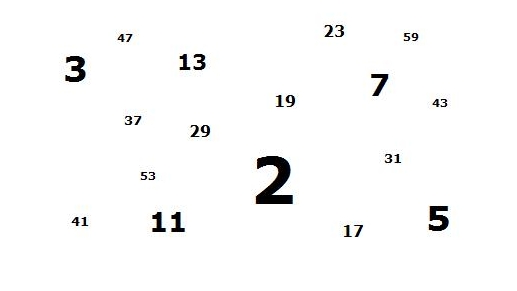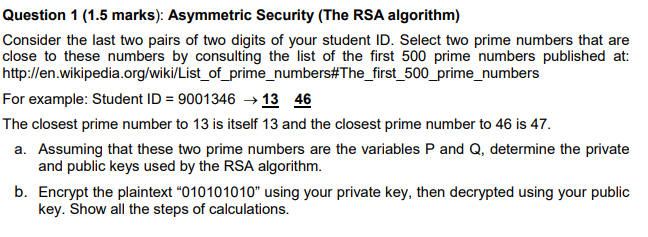

−1, a number commonly used in computer science.Ģ, the base of the binary number system, used in almost all modern computers and information systems.ġ0, the number base for most modern counting systems.ġ2, the number base for some ancient counting systems and the basis for some modern measuring systems.Ĥ2, the "answer to life, the universe and everything" in the popular science fiction work The Hitchhiker's Guide to the Galaxy.Ħ0, the number base for some ancient counting systems and the basis for many modern measuring systems.Ģ55, 28−1, a Mersenne number and the smallest perfect totient number that is neither a power of three nor thrice a prime. −40, the equal point in the Fahrenheit and Celsius scales. Other numbers that are notable for their mathematical properties or cultural meanings include:

Main article: Orders of magnitude (numbers) Wright, "An introduction to the theory of numbers", Oxford Univ. Riesel, "Prime numbers and computer methods for factorisation", Birkhäuser (1985) Ribenboim, "The book of prime number records", Springer (1988) Algorithms of this kind which can handle numbers of 100 or 200 digits have recently attracted a large amount of attention in connection with cryptography. Also, in this book and in one finds the description of a number of algorithms to test primality of numbers and, if composite, to factor them. In, written for both experts and non-experts, the reader can find a great many open problems, results and records in the theory of prime numbers.

Hasse, "Vorlesungen über Zahlentheorie", Springer (1950)įor prime number problems in algebraic number fields see also Algebraic number theory Kummer theorem. N = p _ = 2 $?Įxperimental and heuristic considerations favour positive answers to the questions stated above, as well as to a number of similar questions. A description of this decomposition in the form of powers of identical prime numbers and in increasing order is given by the canonical decomposition of a natural number: This representation is, moreover, unique (up to the order of the factors). Thus, the fundamental theorem of elementary number theory states that every natural number, different from one, is either prime or, if it is composite, can be represented by a product of prime numbers. The concept of a prime number is fundamental in the study of divisibility of natural numbers.

Natural numbers which are not prime are called composite. 2010 Mathematics Subject Classification: Primary: 11A41 Ī natural number (positive integer) $ p > 1 $


 0 kommentar(er)
0 kommentar(er)
